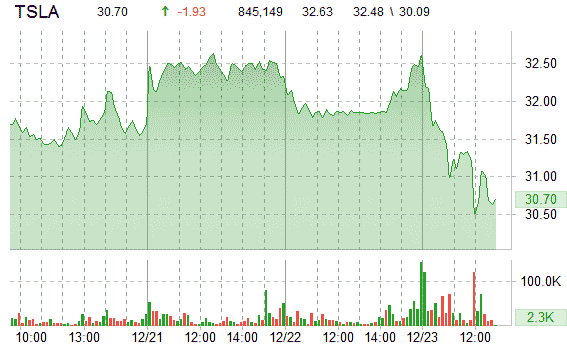

In other words, you don’t want to put too many eggs in one basket. When you’re managing a portfolio of stocks, you need to set some rules to ensure proper diversification (it’s related to that portfolio variance thing we discussed earlier). Of course, they’re only paper gains until you sell. Here’s how you would have fared on the trade:īy holding NVIDIA from when the split was announced until today ( the day after the stock split took effect), you would have realized some seriously delicious alpha. Today, shares are trading at ( sneaks peek at market) $194.60 a share. The day the split was announced, shares closed at $149.92. ( If you’re the sort of person who thinks that a $10 stock is “cheaper” than a $100 stock, here’s a refresher on stock splits.) The terms of the split were simply as follows:Įach NVIDIA stockholder of record at the close of business on June 21, 2021, will receive a dividend of three additional shares of common stock for every share held on the record date, to be distributed after the close of trading on July 19, 2021. On May 21, 2021, at 9:00 AM Eastern Time, NVIDIA announced their stock split. NVIDIA ( NVDA) has been no exception to that rule, with shares soaring since the announcement of their planned share split. For example, stocks typically outperform the broader market from the time they announce a split until shares start trading at split-adjusted prices. If you’re a glutton for punishment, do a Master’s in Finance, during which you will learn a handful of useful things based on studies that someone spent too much time on. They’ll make you do things like manually calculate the variance of a portfolio, something that sounds about as fun as it looks.

Some of the topics are absolutely dreadful, not to mention the teachers. "We had a fantastic quarter, with strong demand for our products driving record revenue," said Jensen Huang, founder and CEO of NVIDIA.Don’t study finance if you’re the sort of person who detests boredom. At the same time, its datacenter revenue grew 79% year over year on a growing trend for NVIDIA's advanced processors used for power cloud computing, data centers, and artificial intelligence (AI). Revenue in the gaming segment jumped 106% on strong demand for the company's state-of-the-art graphics processing units (GPUs) used by gamers. To give that context, NVIDIA's $5.66 billion in revenue far exceeded the $5.3 billion it was guiding for. NVIDIA's first-quarter revenue climbed 84% year over year and its earnings per share surged 106%. Rather, it's NVIDIA's impressive results and the large and growing opportunity ahead that make it a timely opportunity. The real reason to buy NVIDIA stockĭespite all that, there are plenty of reasons that NVIDIA stock is a compelling buy right now - though it has nothing to do with the upcoming split. The impact of broader market trends, the overall economic picture, or some company-specific news could move the stock much more - up or down - than any anticipation regarding the upcoming share split.

Investors can't know how NVIDIA shares will trade between now and the day of the stock split. Other investors with a shorter investing time horizon may simply sell their shares to capitalize on any irrational run-up in the stock price, in an attempt to make a quick buck.įinally, there's simply no way to know what the news cycle could bring on any given day. After the split, that same investor will own 40 shares worth $190 each, also worth a total of $7,600 - illustrating that the total value of their holding ultimately won't change.įurthermore, even if there's greater demand for the stock because of the lower share price after the split, it will likely be a temporary phenomenon. For example, if an investor holds 10 shares of NVIDIA stock, and each share is worth $760 pre-split, those 10 shares are worth a total of $7,600. On the face of it, it might seem that NVIDIA stock is a buy because of the upcoming stock split, but it doesn't hold up to closer scrutiny.

What's the reason for the stock split? NVIDIA said the board declared the share split "to make stock ownership more accessible to investors and employees." A suitable opportunity?


 0 kommentar(er)
0 kommentar(er)
